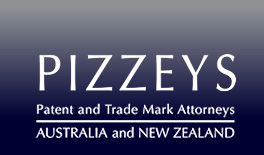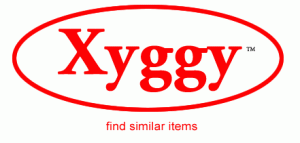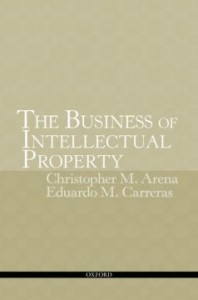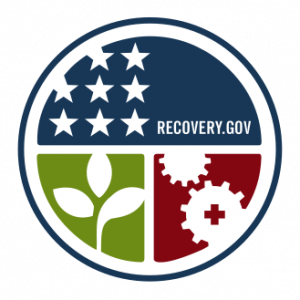Korea is a first-to-file or absolute novelty country, which does not allow an invention to be made available to the public (anywhere in the world) before filing an application for the invention. Specifically, Article 29(1) of the Korean Patent Act provides that the novelty of an invention is destroyed where:
- the invention was publicly known or publicly worked in Korea or a foreign country prior to the filing date of the patent application therefor; or
- the invention was described in a publication distributed in Korea or a foreign country or was made publicly available through the telecommunication lines, as prescribed by the
In most cases, for an invention to qualify as being publicly known, the public must be able to comprehend the invention through the acts conveying the knowledge upon the public. Thus, a public test of the invention conducted by the inventor or assignee would not qualify as being publicly known if the inventive features were concealed from the public.
Safe Harbor Requirements
Article 30, Paragraph 1 of the Korean Patent Act provides a safe harbor provision allowing an applicant to maintain the novelty of their invention if the patent application is filed within six months of the date that the novelty was destroyed, per Article 29(1), and if the circumstances of the events satisfy any of the following:
- when a person with the right to obtain a patent causes the invention to fall under either subparagraph of Article 29(1) [except for a laid-open publication or patent registration publication in or outside of Korea under a treaty or law]; or
- when, against the intention of a person with the right to obtain a patent, the invention falls under either subparagraph of Article 29(1).
The current Korean Patent Act (effective March 3, 2006) now allows applicants to take advantage of the safe harbor regardless of the type of novelty-destroying events.
Procedure for Invoking the Safe Harbor Provision
A prospective applicant who wishes to take advantage of the safe harbor provision must submit a written statement to the Korean Intellectual Property Office (KIPO) Commissioner, stating his or her intention to do so. This statement must be submitted contemporaneously with the filing of a patent application prior to the expiration of the six-month grace period. The prospective applicant must also submit a document to the KIPO Commissioner proving the relevant facts, within thirty-days of filing the patent application.
For applications entering the Korean national phase based on a PCT application, the statement and proving document need to be submitted to the KIPO commissioner within thirty-days of filing the request for examination in Korea, or within thirty-days after the deadline for entering the Korean national phase (thirty-one-months from the earliest filing date in a Paris Convention country), whichever is earlier (Article 201(4)). It should also be noted that the PCT application (request) must indicate that novelty destroying events occurred in order to preserve the right to claim the safe harbor provision after entering the Korean national phase.
The Free Trade Agreement (FTA) currently pending between the U.S. and Korea requires Korea to extend the grace period to one year if the FTA is ratified by both countries.
(via Kim & Chang, Seoul, Korea)




 (
(
